In conversation with Vince Dunn
What drives our new Business Development Executive for Australasia to make a difference in the world?





Research shows we spend about 90 percent of our time indoors. Most of us don’t think much about how our comfort, health, safety, and well-being rely on complex machines and systems. These systems, like heating, ventilation, and air conditioning, are managed by networks of sensors, control devices, and software. When these physical systems connect with digital technology, especially the internet, they form a cyberphysical system.
In buildings, cyberphysical systems are part of operational technology (OT). While OT and information technology (IT) share some similarities, they also have important differences. Technology in both areas is advancing quickly, and the line between them has blurred into IT/OT.
It’s important to understand a key difference: If an IT system is attacked, it can hurt a company's operations, mission, and reputation. But if an OT system is attacked, it can cause real-world damage that puts people’s health and safety at risk.
In recent years articles like this often shifted quickly into talking about the importance of cybersecurity in facility automation. Today there’s growing awareness about cybersecurity for both IT and OT systems in buildings. Most of the focus is on protecting the confidentiality, integrity, and availability of digital systems, networks, devices, and data. This focus is a key part of building sustainable facility automation.
Many cybersecurity measures focus on limiting access and controlling who can make changes to systems and data. This is like locking the front door of a building—an important first step, but the biggest threat to a facility’s OT system isn't just outsiders. It’s people. Once someone is inside, the real challenge is to make sure they’re responsible for what they do.
Accountability means a person or organization must explain and justify their actions or decisions. Many people might have permission to act, but the accountable person is the one who must answer the tough questions, especially when things go wrong. Accountability goes deeper than just being responsible. It’s built on trust and the ability to take action if needed.
There are many ways to control who can access and use a facility automation system, but accountability is about more than just allowing someone to act. It means being able to explain and justify what happened. This requires knowing the root cause of problems, understanding how decisions were made, why actions were taken, and who took them.
To support accountability, a facility automation system must carefully track what users do. It must also make accurate information about user actions and system processes available when needed. Why does this higher level of accountability matter so much for the built environment?
Facility automation OT systems share some similarities with traditional IT systems, but they’re also very different. One major difference is that changing data in a facility automation system can directly affect the real world. Mistakes or attacks can put people’s health and safety at risk, harm the environment, cause financial losses, and even disrupt an organization’s ability to do its work.
The equipment controlled by OT systems, like electrical and mechanical systems, is expensive to run and uses a lot of energy. It also manages complex processes. If this equipment is operated incorrectly, whether by mistake, bad information, or malicious actions, it wastes natural resources and money. Even small inefficiencies add up to big costs over time.
An accountable facility automation system helps you clearly see how and why your resources are being used and how your facilities are being managed.
Think about how a cybersecurity breach changes how people see an organization. It can take generations to build a strong reputation, but just one breach of leaked information, tampered data, or systems going offline can damage it almost instantly. No one wants to be the first to report that a priceless building was ruined, a school had to close, a surgery was interrupted, or tenants had to be evacuated because the systems were hacked or misused.
An accountable facility automation system helps protect an organization's reputation and operations by clearly showing who’s controlling the system and how it’s being used.
Fearmongering means trying to scare people on purpose, often to gain something. A warning, on the other hand, is simply a heads-up about possible danger. After all, it’s much easier to rebuild a damaged reputation than to restore someone’s health or save a life.
Running large equipment incorrectly can put both workers and building occupants at risk. People's health and safety in buildings depend heavily on how well mechanical and electrical systems—and the automation that controls them—perform. In places like pharmaceutical or agricultural facilities, poor maintenance can even put the general public at risk, not just the people inside. An accountable facility automation system helps ensure a safe environment for everyone.
These are just a few of the major benefits of having accountable OT. Some industries already recognize just how important accountability is.
The Code of Federal Regulations Title 21 sets the rules for the US Food and Drug Administration (FDA). Part 11 of Title 21 outlines the requirements for using electronic records and electronic signatures in facilities regulated by the FDA, including places like pharmaceutical manufacturing and storage, medical device manufacturing, biotech companies, and research organizations.
Even outside the US, many industries must follow, or are influenced by, Title 21 rules. Companies need accountable OT systems that meet Part 11 requirements to stay compliant.
Many Reliable Controls Authorized Dealers are seeing growing success in agriculture, especially in indoor farming. In 2019 food and agtech start-ups around the world raised almost US$250 billion—an increase of 250 percent over 5 years. Most of this growth is driven by investments in meat alternatives and indoor farming. Sensors and automation are helping improve the efficiency of greenhouses and vertical farms.
Some parts of the agriculture industry aren’t yet regulated by rules like Title 21, but that will likely change. Having accountable OT systems in place now can give businesses a major advantage, helping them lead the way with sustainable solutions even before regulations require it. This puts organizations ahead of the curve and ready for future compliance with confidence.
It's not just agriculture and pharmaceuticals that need careful environment control. Museums, libraries, and archives must protect priceless artifacts, documents, and art from damage caused by poor indoor conditions. Data centers rely on strict temperature and humidity control to keep systems running. Hospitals must tightly control air quality, temperature, and humidity in surgical rooms.
In all these fields, professionals are expected to explain and defend their actions and results. Accountable OT plays a crucial role in helping them maintain the critical environments they depend on.
Sustainable OT systems can’t be separated from the people who use them, who are a key part of keeping operations running and ready. An accountable user interface helps manage who can make changes and keeps track of what operators do. Traditional operations centers and workstations are usually easier to secure, but today’s facility operators expect true IT/OT integration, which often includes browser-based user interfaces (BUIs).
BUIs open new challenges around access and accountability. Our Authorized Dealers and facility managers have help: RC-WebView software includes powerful features to support BUI accountability, including:

Threats to an OT system can directly affect the physical environment and the health and safety of innocent people. Making facility automation OT systems accountable is an important step toward providing peace of mind for today’s facility portfolios. It ensures facility data is accurate, gives executives the insight and context they need to understand how their systems are being operated, and empowers operations teams to justify their actions with confidence.
An accountable facility automation OT BUI is yet another way we live up to our promise of being people and technology you can rely on.
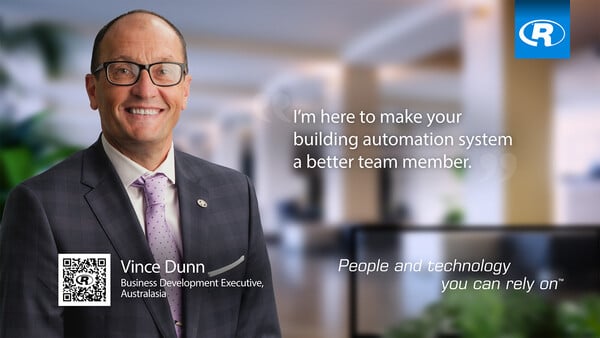
What drives our new Business Development Executive for Australasia to make a difference in the world?
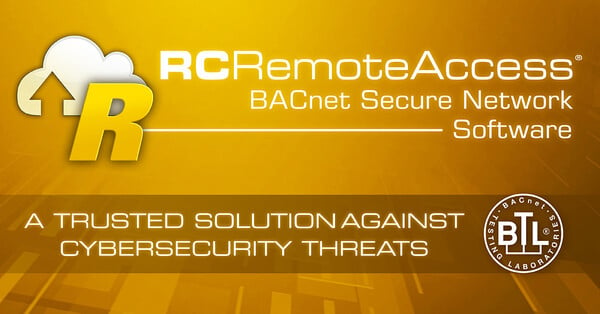
RC-RemoteAccess is now BTL certified. Why does this matter for building owners?

Explore how our technology automates complex enterprise portfolios.
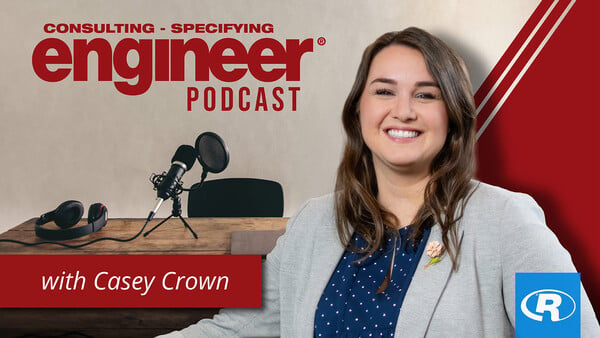
How can we better support women and young professionals in building automation and engineering?
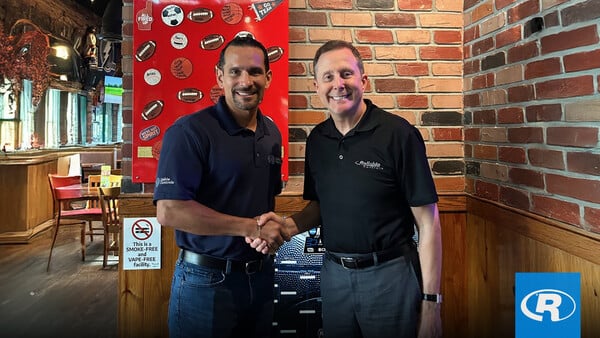
Discover how Liable Controls is bringing relationship-first building automation to South Florida as a new Authorized Dealer.
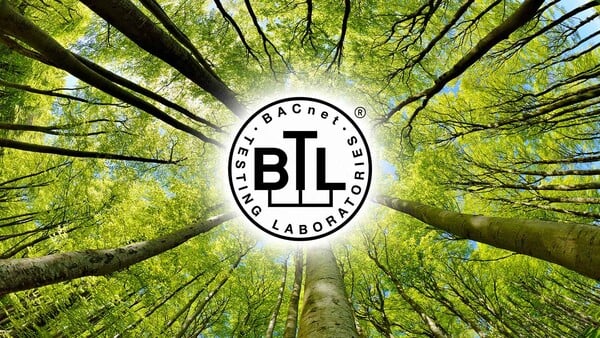
Reliable Controls president Tom Zaban reflects on 30 years of the BACnet protocol.
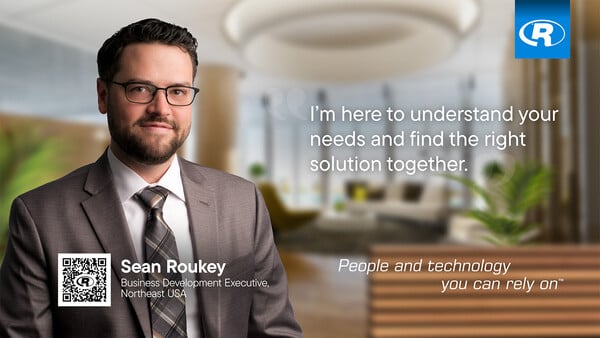
How does Business Development Executive Sean Roukey help our dealers grow and succeed?
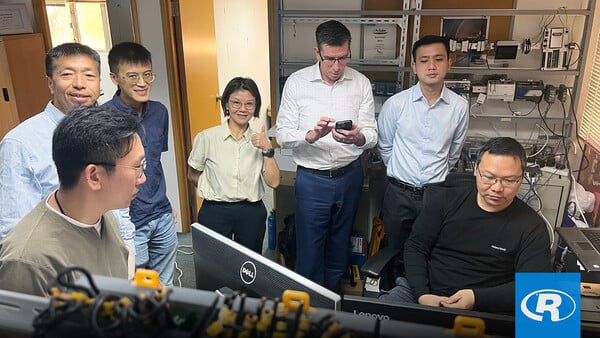
System Mart doesn’t just implement Reliable Controls solutions. It embodies our values of reliability, trust, and long-term commitment. Learn more.